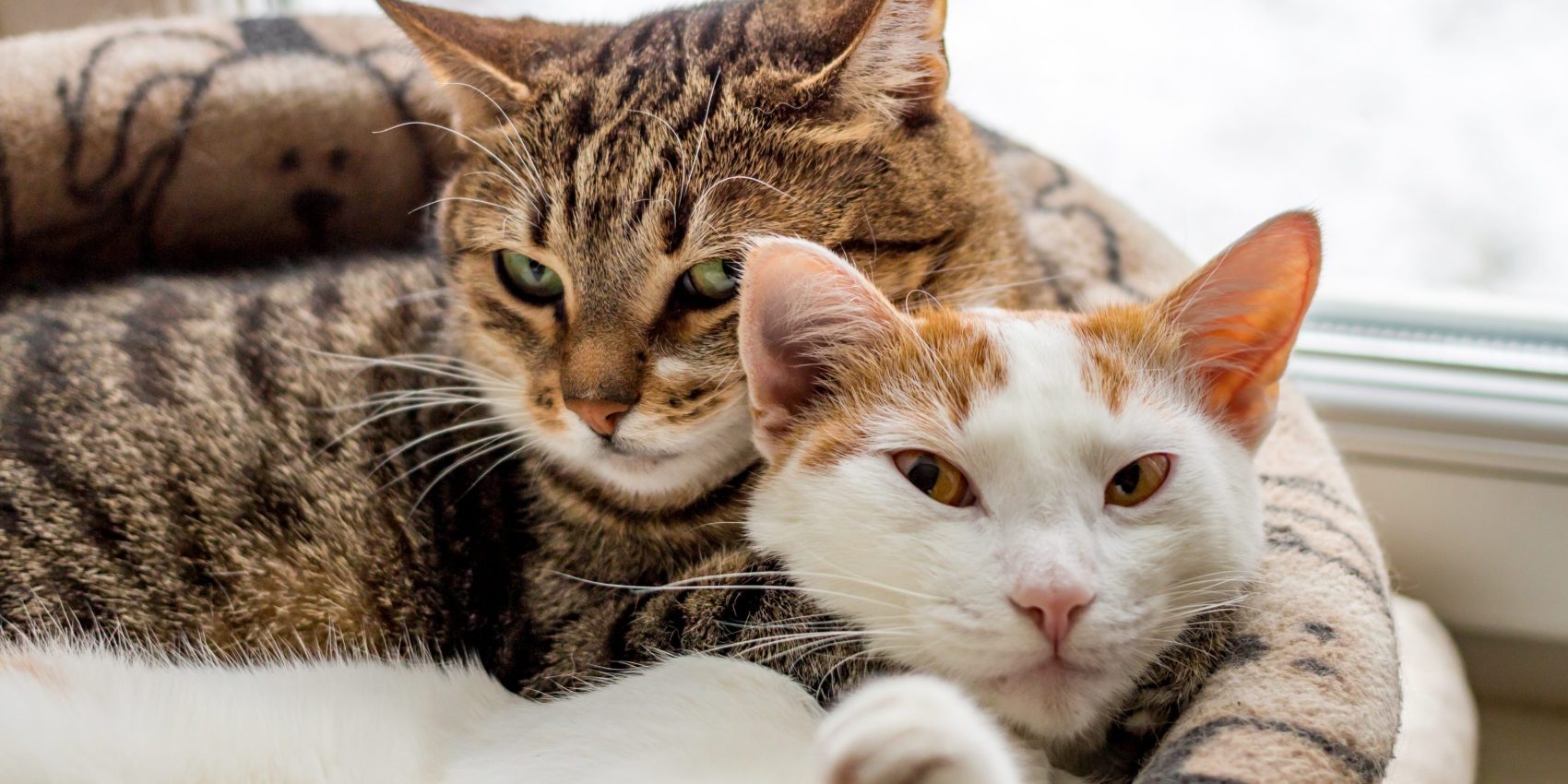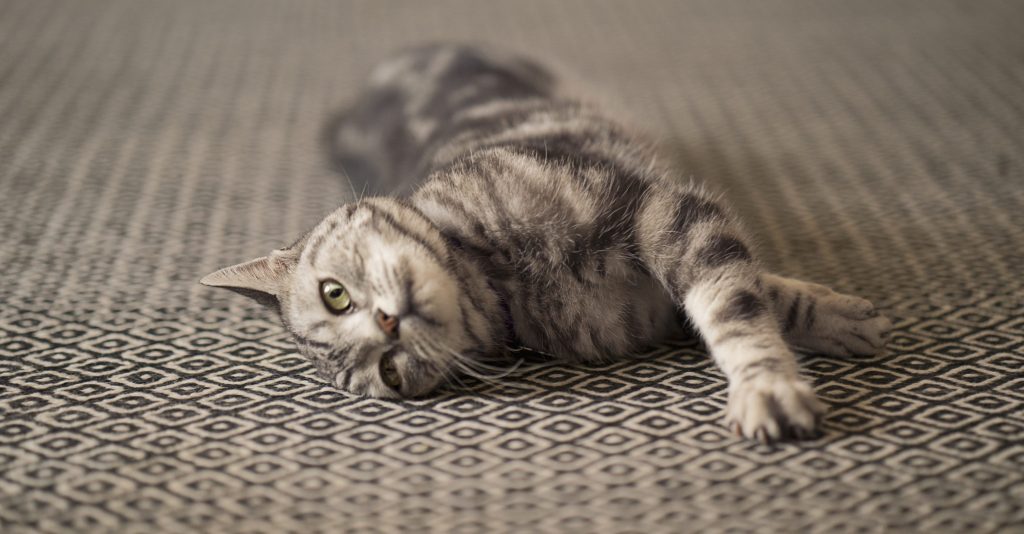
Diabetes in Cats
Diabetes mellitus leads to higher than normal amounts of glucose, or sugar, in your cat’s blood. This condition occurs when your cat’s body makes too little or no insulin.
Insulin affects how your cat’s body utilizes energy from food
When your cat eats, dietary carbohydrates are broken down into several simple sugars, including glucose. Glucose is absorbed from the intestines into the blood, where it travels to cells throughout the body. Insulin is required to transfer glucose from the blood into the cells where it can be used for energy. If there’s too little insulin available, glucose builds up to a higher than normal concentration in the bloodstream, known as hyperglycemia. The build-up of glucose in the blood spills over into the urine, and this draws large volumes of water in, resulting in increased amounts of urine and increased thirst to try and combat the increased water lost in urine.

As a result, there is not enough energy for the cells to function normally and they become “starved.” When this happens, cells use protein and fat as alternative sources of energy. Over time, weight loss ensues despite a good or even ravenous appetite. However, not all diabetic cats are hungry – some have a reduced appetite.
How Common is Diabetes in Cats?
Diabetes affects an estimated 1 in 200 cats but is thought to be underdiagnosed.1 Diabetes is more common in middle-age and older cats.

“I learned from my vet that neutered male cats are at greater risk for diabetes!”
SUGAR
Which Cats Are at Risk?
Any cat can develop diabetes, but certain breeds, like Burmese, appear to be predisposed.2
Cats that are obese are at higher risk of developing diabetes because obesity decreases the body’s sensitivity to insulin. This leads to a greater demand for insulin, which can lead to exhaustion of the specialized cells in the pancreas that produce insulin.
Neutered male cats are also more likely to suffer from diabetes.
Other risk factors for diabetes in cats include
- Age
- Indoor lifestyle
- Physical inactivity
- Presence of other conditions, such as chronic pancreatitis or hyperthyroidism

“Schedule a veterinary examination for your cat at least once a year and talk to your veterinarian if you are worried your cat might be at risk of developing diabetes.”
Sugar
References 1. O’Neill DG, Gostelow R, Orme C et al. J Vet Intern Med. 2016;30:964-972. 2. Behrend E et al. J. Am Anim Hosp Assoc. 2018; 54:1-21.

